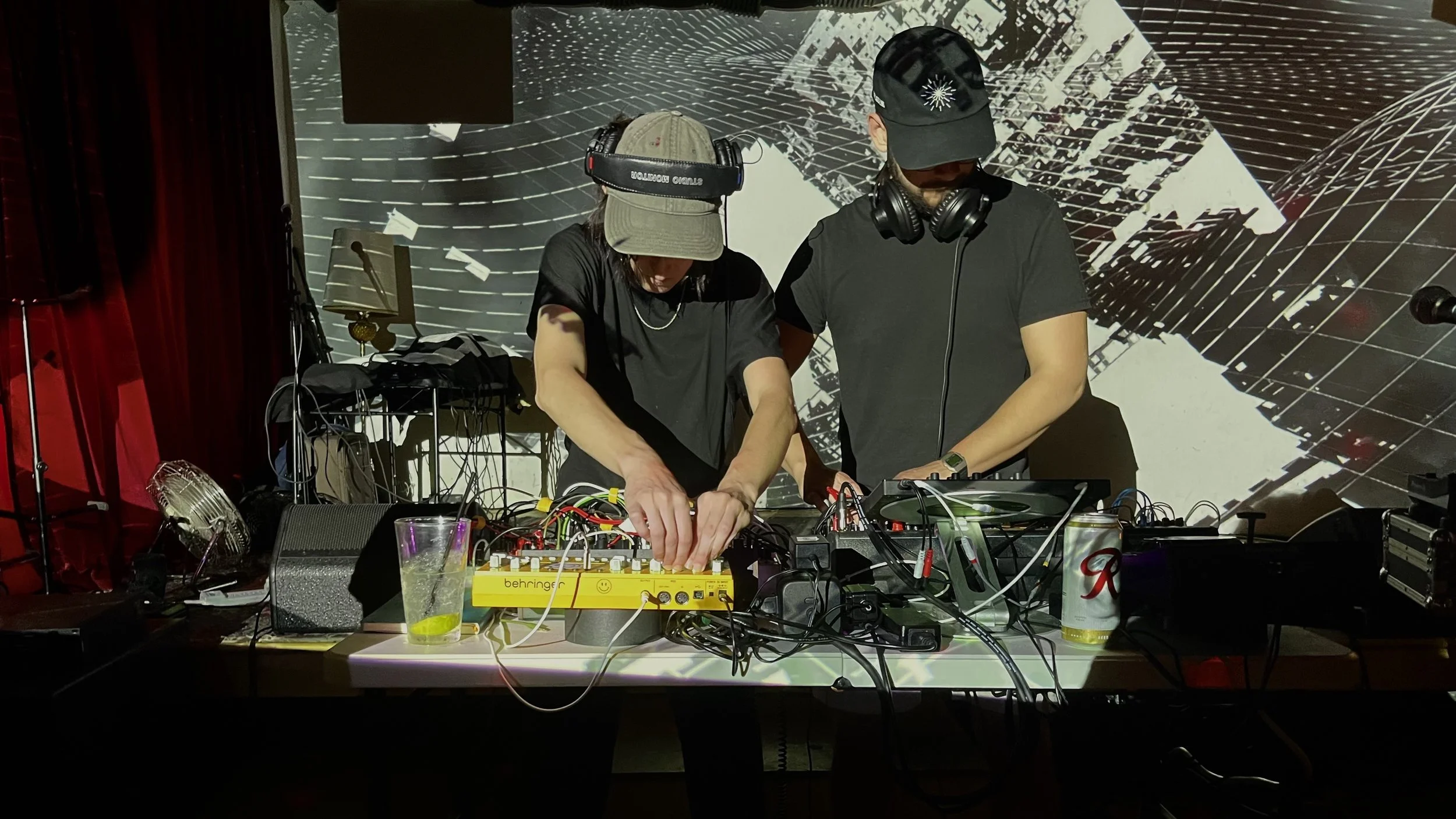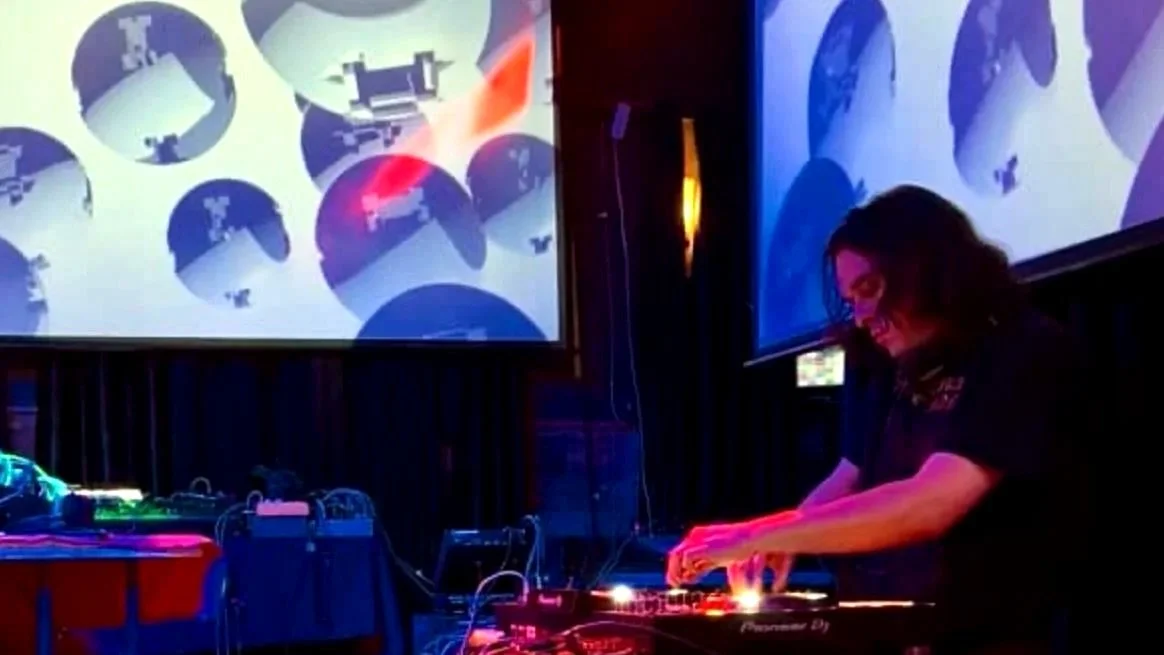In multiple senses, the synth scene is a built environment. A track you hear at a hardware show is probably not streamable, because it’s being created in real time. You’re there to experience it, connect with people, make friends, and keep coming back. “We don’t just show up for the music,” Tucker said. “We show up because we also like hanging out with each other.” Pendergrass also praised Modularseattle’s and Modbang’s organizing efforts, saying “Spaces where there are communities of practitioners who can share ideas with each other are really important.” He also made a point that the recurring live shows in intimate club environments are crucial to fostering community-building: “They persist, and they form the basis for connecting with your neighbors and your friends, and they’re multi-generational.”
This leads me to my main takeaway from attending my first hardware show: This community of artists is incredibly friendly and welcoming. As a transplant from New York, I’m used to techno and house events where there’s often a tone of exclusivity and that in order to show up to something, I needed to be dressed a certain way or project a certain nonchalant aura.
That kind of pressure was not present at Harissa in Ravenna. I felt immediately that I could just be myself. People were dancing however the hell they wanted at this show and being unselfconsciously goofy, and I felt immediately at home in this environment. As Tucker concluded, “There is so much talent in this community, so much passion, and so much love for the craft of making live hardware music. And I think we would love to see Seattle be seen as a destination for that.”


